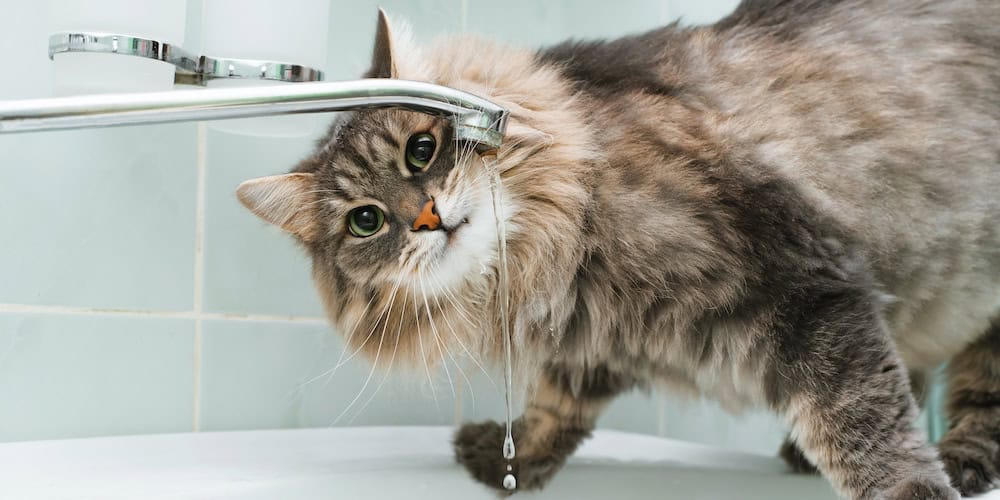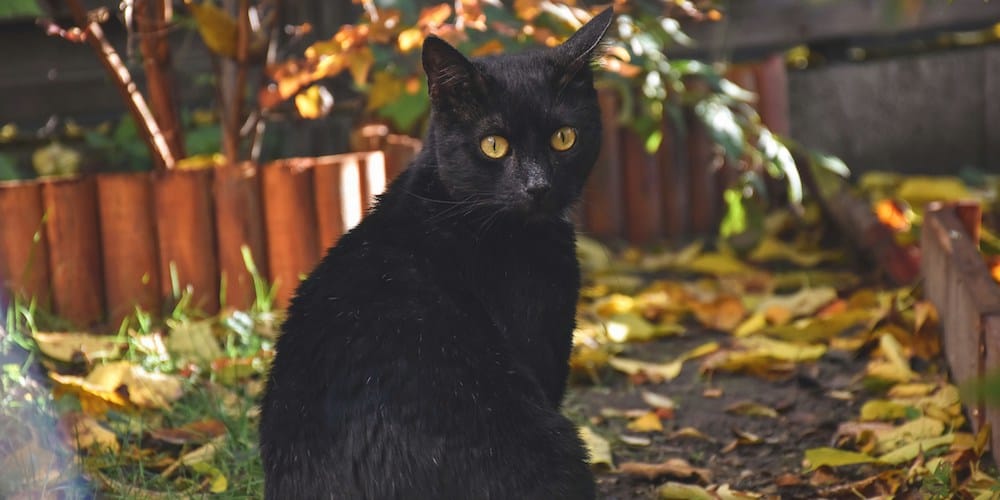Urinary tract infection is a common reason for consultation in cats. But first, it’s important not to confuse urinary infection with cystitis.
A urinary infection refers to the multiplication of a pathogenic agent, mainly a bacterium, in the urinary tract. Whereas cystitis is an inflammation that is not always caused by the presence of bacteria.
Cystitis can thus have several origins. Presence of crystals or urinary stones, idiopathic cystitis, stress-related cystitis, etc., including a urinary infection.
Very often, cat owners confuse cystitis and urinary tract infection, believing they are synonymous when an infection is indeed one of the causes of cystitis.
A urinary tract infection can take different forms in cats depending on the location of the infection: kidney (pyelonephritis), bladder (cystitis), or prostate (prostatitis).
📚 Read also | A veterinarian tells us how to choose the best kibble for cats
My cat has pyelonephritis, a kidney infection
How bacteria end up in the kidneys
When bacteria form an infectious focus in the kidneys, their origin can be twofold.
On one hand, bacteria can come from the lower urinary tract, that is, from the urethra and bladder. The urethra is the duct that allows urine to be evacuated from the bladder to the outside.
When bacteria travel up the urethra to the bladder, they can continue upwards to the kidneys via a second duct, the ureter, which connects the kidneys to the bladder (each kidney has its own ureter connecting it to the bladder).
This is referred to as an ascending infection. It is the most common cause of pyelonephritis.
On the other hand, bacteria can originate from the blood, known as bacteremia. The kidneys’ role is to filter the blood to rid it of waste by forming urine. When bacteria are present, they can settle in the kidneys and multiply.
In both cases, this bacterial multiplication leads to pyelonephritis.
What to do in case of pyelonephritis in my cat
If your cat has pyelonephritis, the tissues of its kidneys are progressively damaged due to the infection.
This results in various clinical signs such as lethargy, vomiting, or even loss of appetite to name a few.
Remember that pyelonephritis is painful for cats. Since they express pain minimally, you may not notice it.
I recommend contacting your veterinarian for a diagnosis and quick medical management before complications arise.
Medical intervention is all the more essential since pyelonephritis can quickly progress to kidney failure.
My cat has cystitis
The symptoms
In the case of cystitis, several symptoms may appear in cats.
Unlike the kidneys located at the top of the urinary tract, cystitis involves lower urinary tract issues (bladder and/or urethra).
The signs you may observe in your cat are as follows:
- Pollakiuria: your cat urinates more frequently
- Dysuria: your cat has difficulty urinating
- Stranguria: your cat shows signs of pain during urination (the act of urinating)
- Hematuria: your cat’s urine contains blood
An examination by your veterinarian, along with additional tests such as urine analyses and an ultrasound, allows for a diagnosis and the selection of the right treatment.
Feline Urological Syndrome (FUS)
If you are a cat owner, you may have already heard about the acronym “FUS”. It stands for Feline Urological Syndrome.
This syndrome corresponds to an issue with the lower urinary tract (bladder and/or urethra). Cystitis is almost always present in cases of FUS.
The cause is most often unknown, referred to as idiopathic cystitis. However, certain factors predispose cats to FUS such as stress or a diet low in water content.

My cat has prostatitis
Prostatitis corresponds to an inflammation of the prostate, a gland that surrounds the urethra, occurring only in male cats.
Similarly to pyelonephritis, the infection is most often ascending.
A prostatitis can develop into an abscess if not managed promptly, so I recommend consulting your veterinarian if in doubt.
Keep in mind that at the slightest urinary sign in your cat, it is essential to speak to your veterinarian quickly to prevent it from becoming an emergency.
How to adapt my cat’s diet in case of a urinary infection?
Increase water intake
Depending on the cause, your cat’s diet can prevent the initial occurrence of urinary infections as well as recurrences.
One of the levers in the dietary aspect remains increasing water consumption. The goal is to dilute the urine to prevent irritation of the urinary tract.
A wet diet, like canned foods, is therefore recommended along with placing several water points in your home.
You can also invest in a water fountain as some cats like moving water, which encourages them to drink.
📚 Read also | How to choose the best cat food? The advice of a veterinarian
Limit crystal and stone formation
In cats, the most common urinary stones are generally composed of struvite crystals or calcium oxalate.
Be careful, as crystals and stones are not always present in cases of urinary disorders.
The formation of crystals depends on the urinary pH and the minerals present in the urine, which are themselves influenced by the cat’s diet.
Nowadays, you can choose foods whose composition helps to prevent the formation of crystals in your cat’s urine to reduce the risk of cystitis.
I recommend turning to your veterinarian who can best advise you, whether it’s for choosing commercial foods or for developing a balanced and suitable homemade diet for your cat.
Sources and scientific studies
BOUZOURAA Tarek. “Characterization and diagnosis of urinary tract infections.” The Veterinary Journal No. 415 from 01/03/2021, pp. 18-23
CHEVASSU Audrey. “Management during a urinary infection.” The Veterinary Week No. 2006 from 13/10/2023. Article written based on a web conference held during the Cerba Vet College on January 24, 2023
COLLIARD Laurence, BLANCHARD Géraldine, PARAGON Bernard-Marie. “Feeding a cat during urinary obstruction.” The Veterinary Journal No. 267 from 01/07/2006, pp. 28-32



